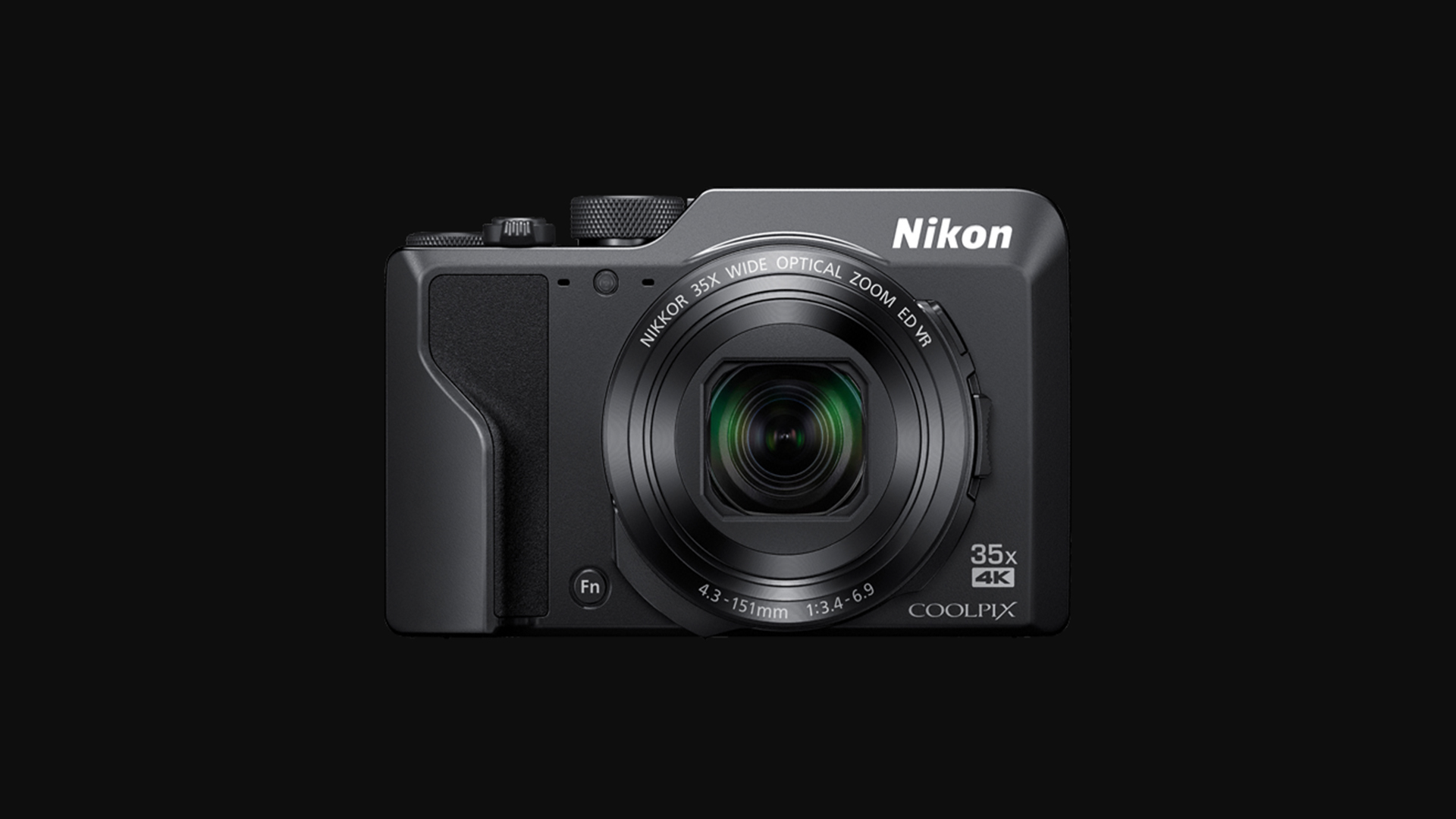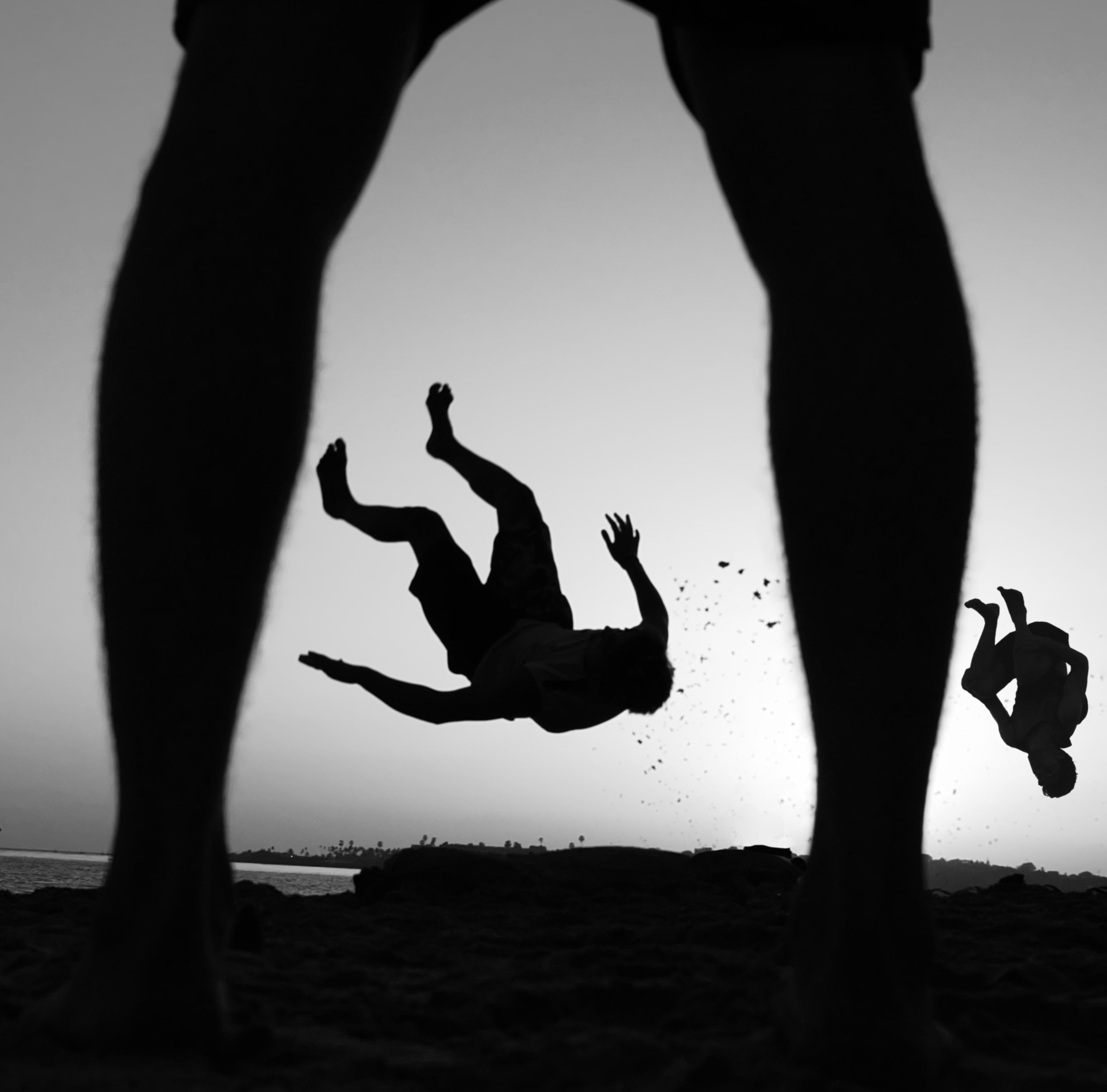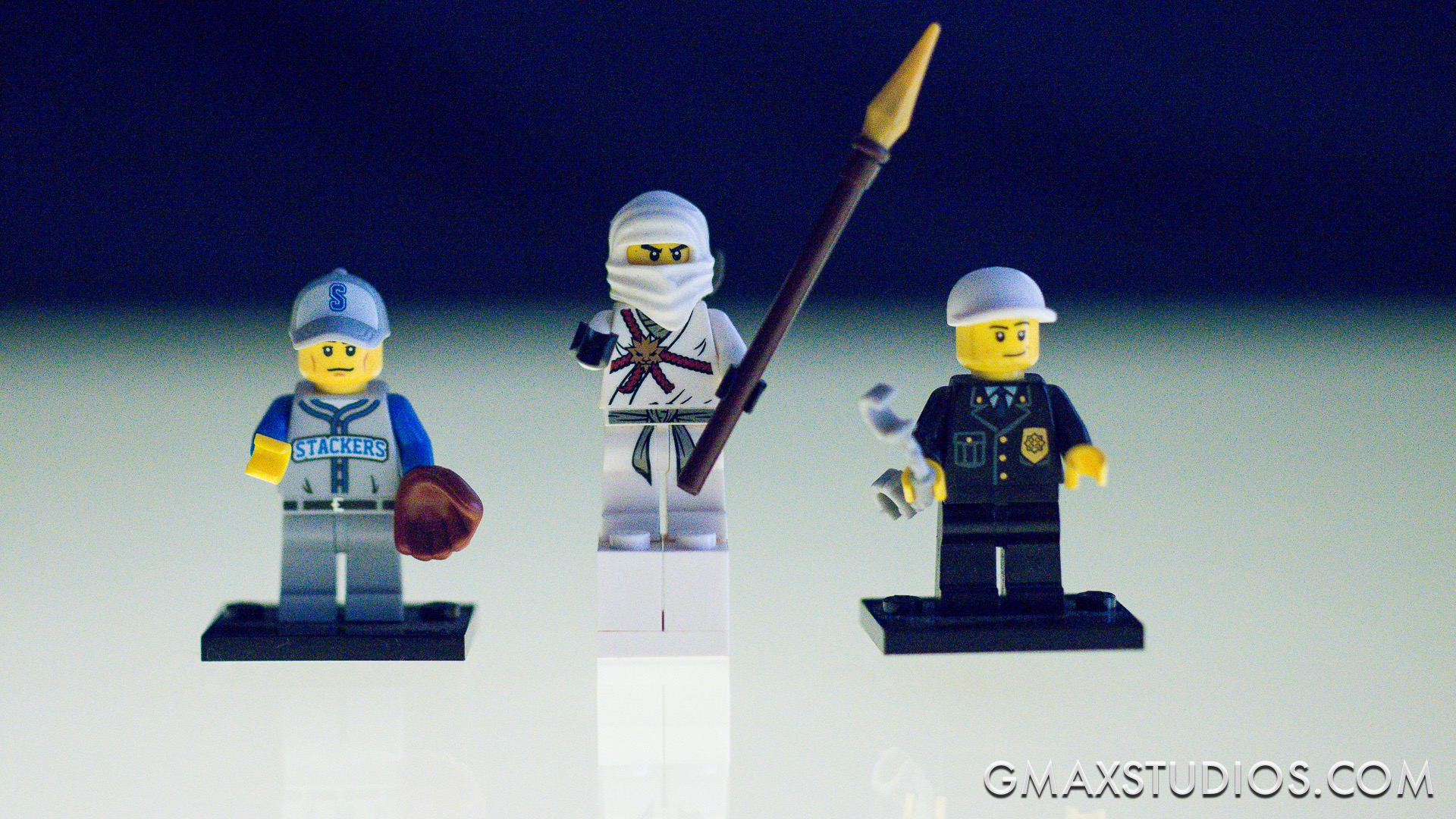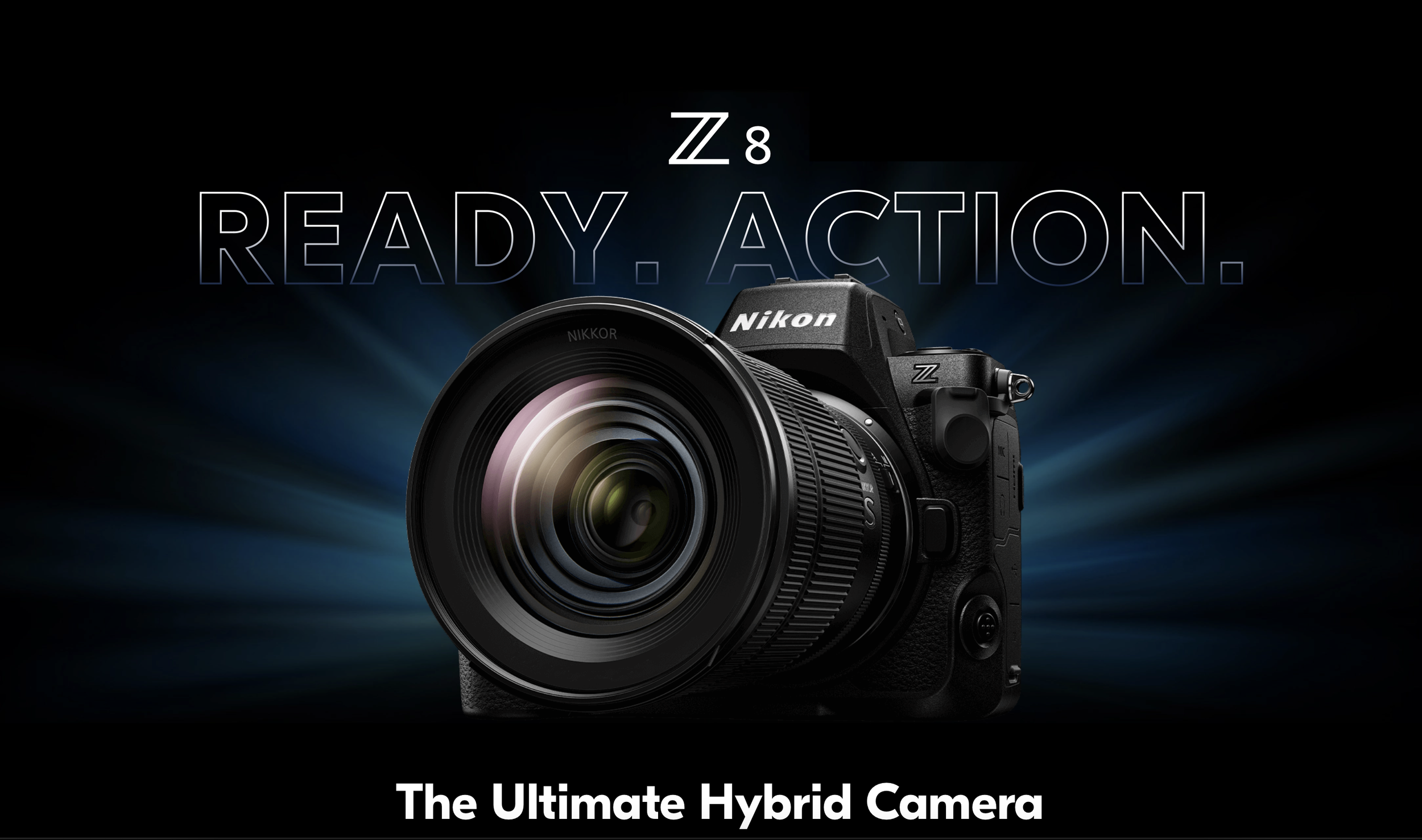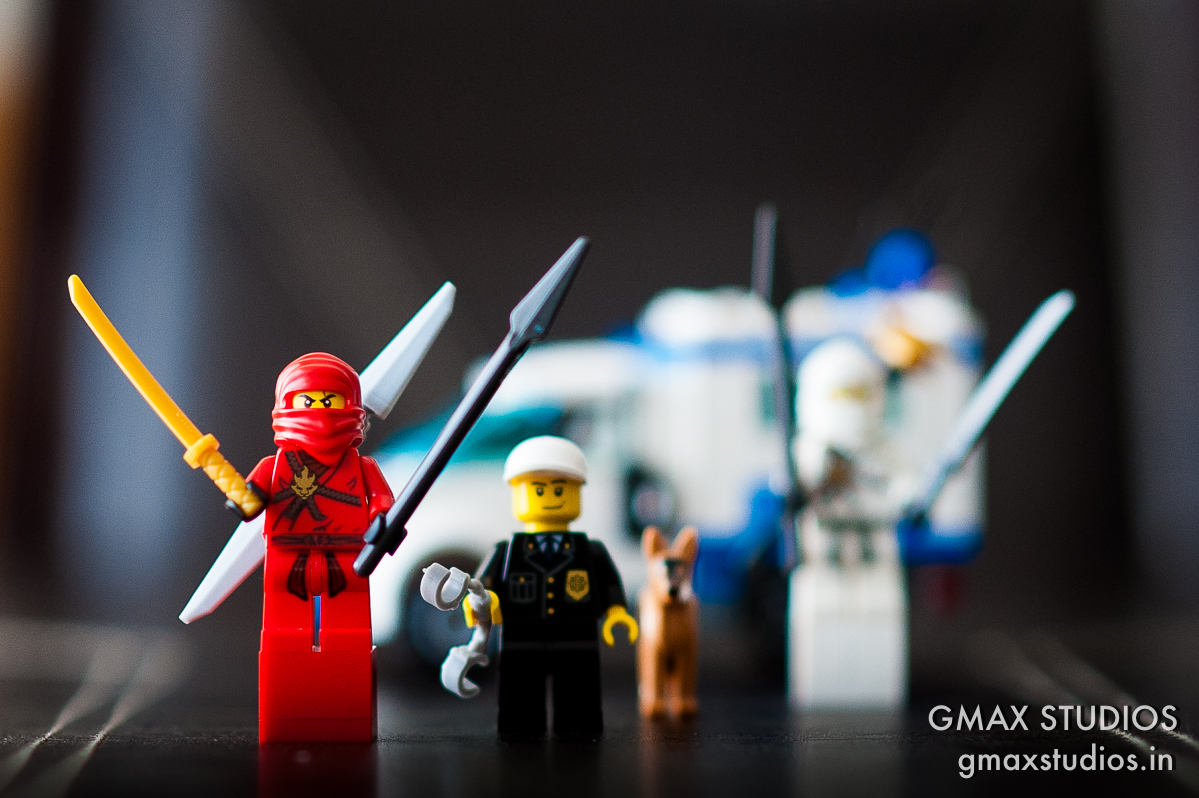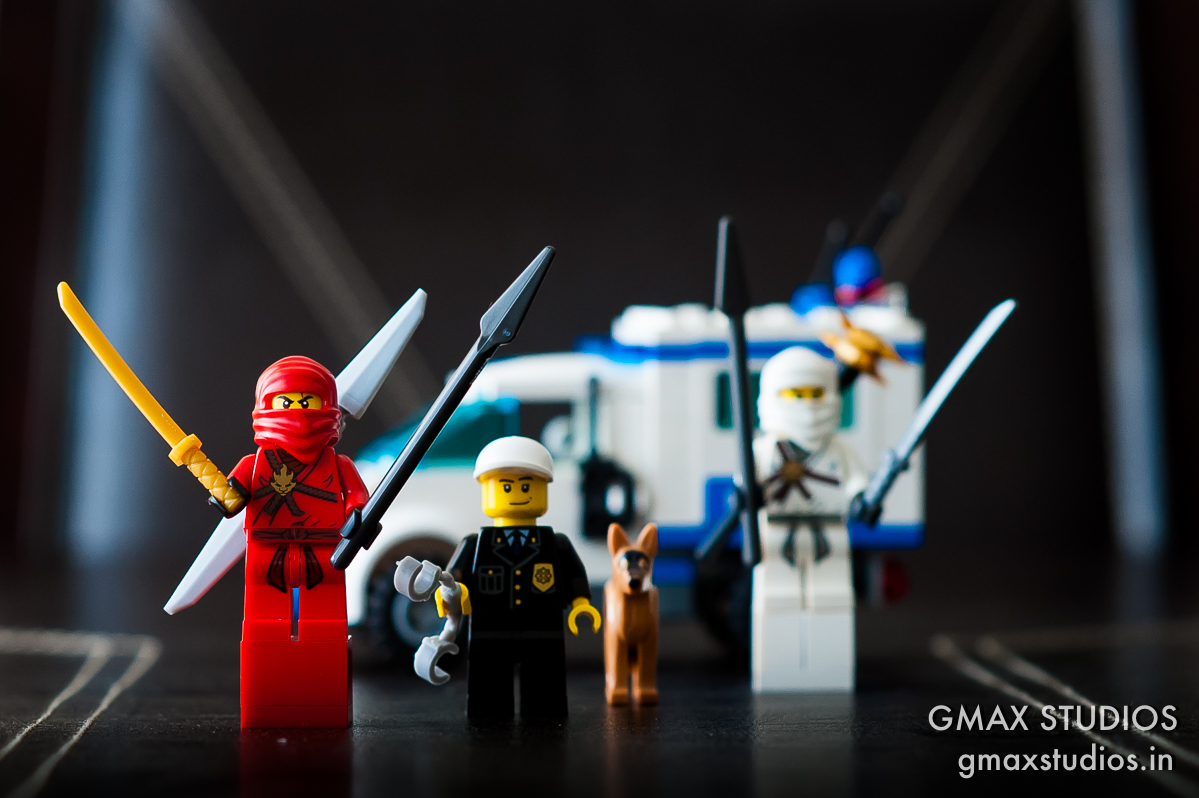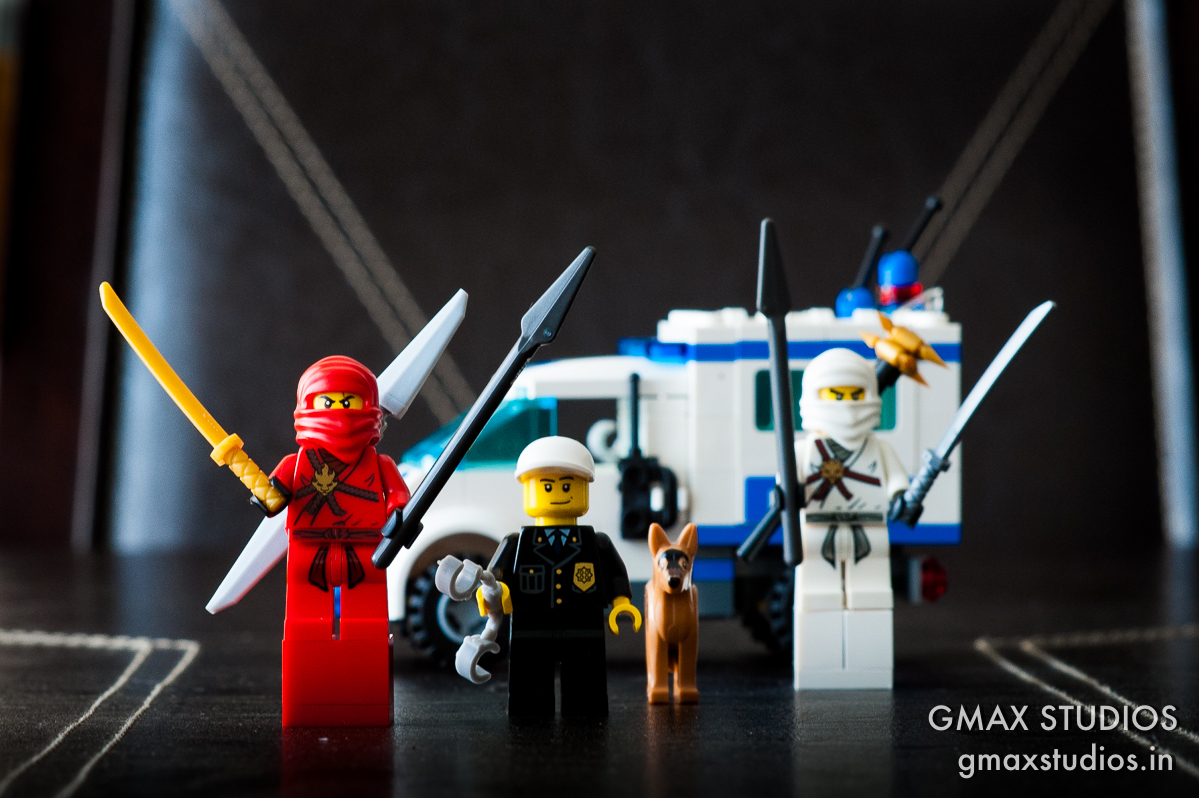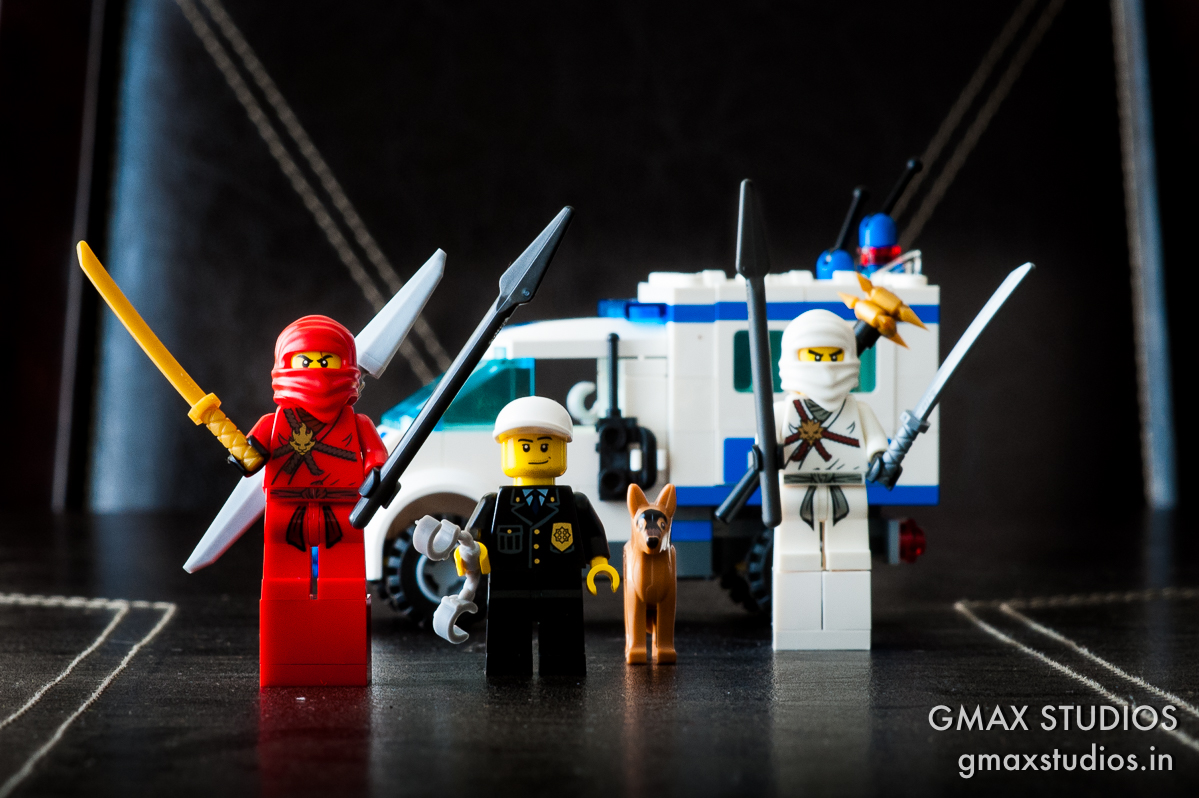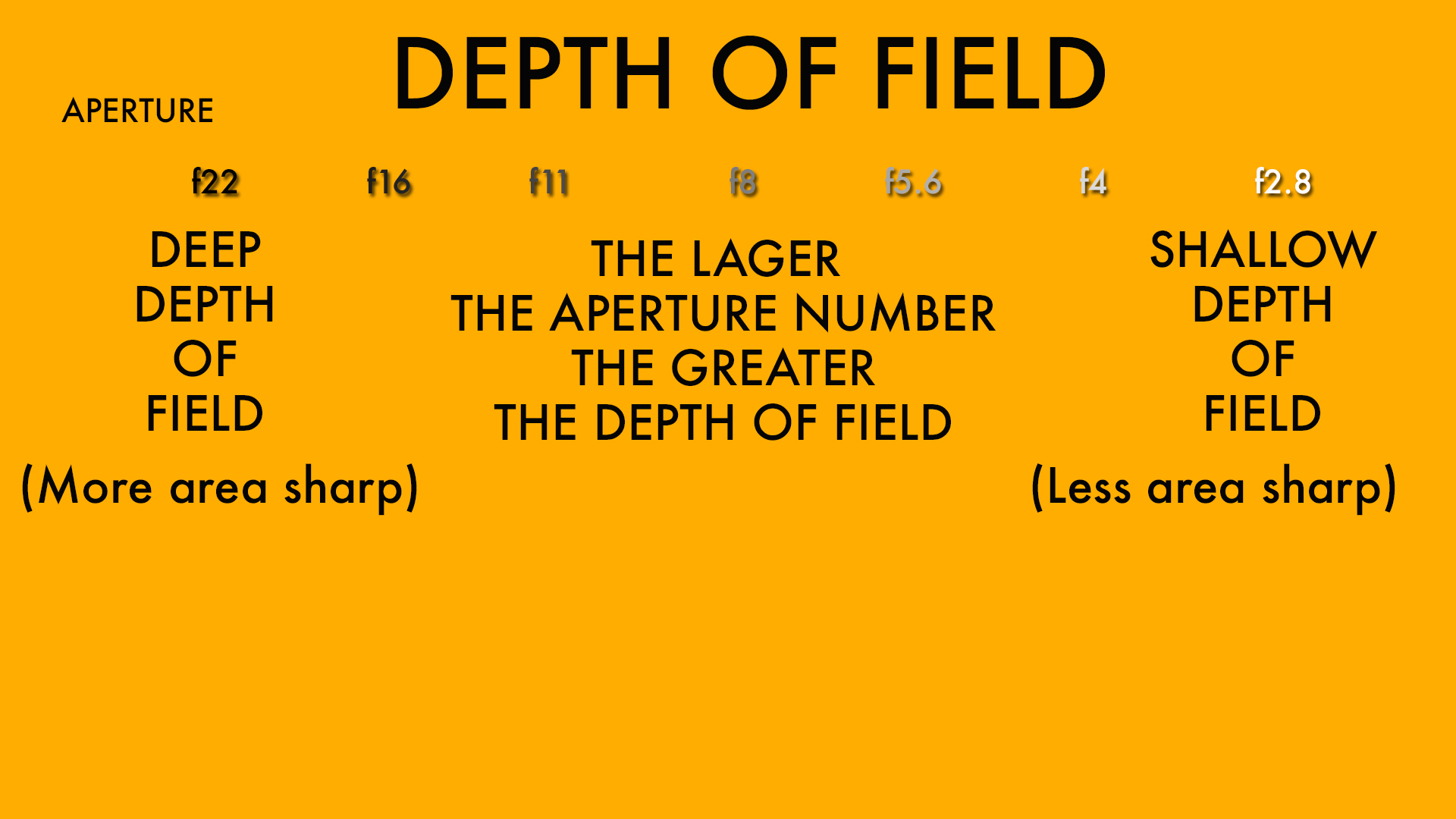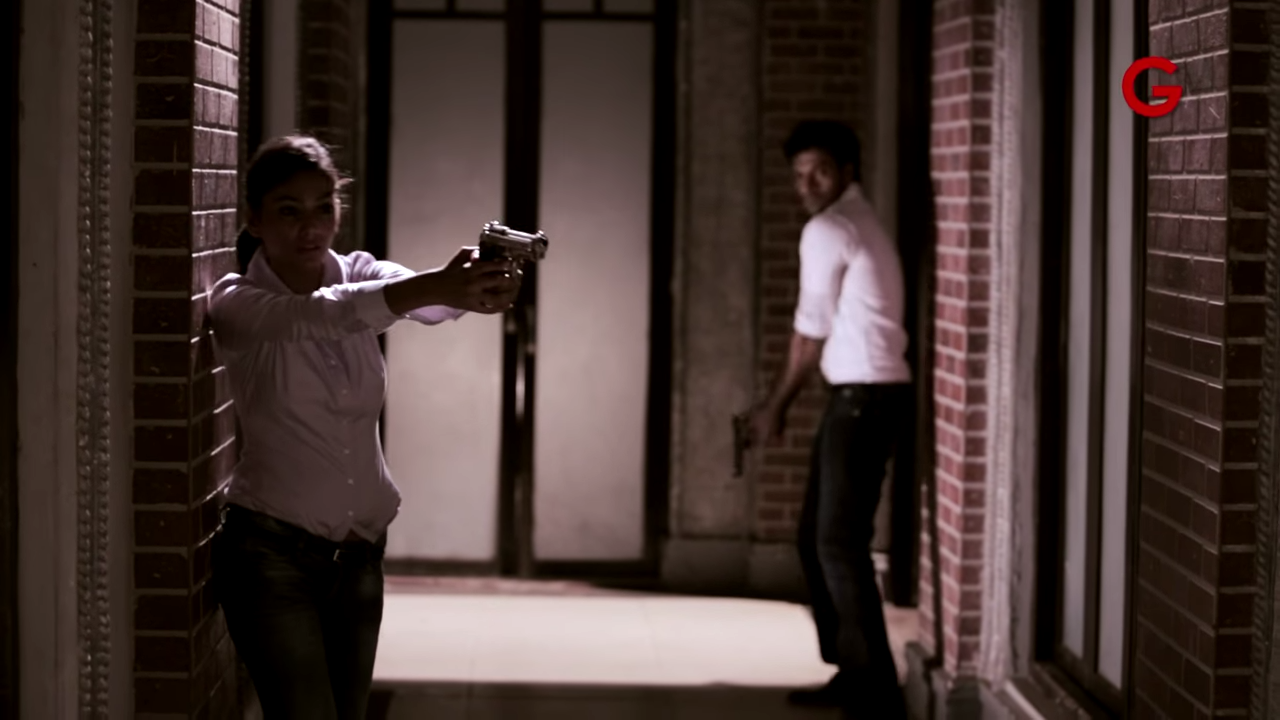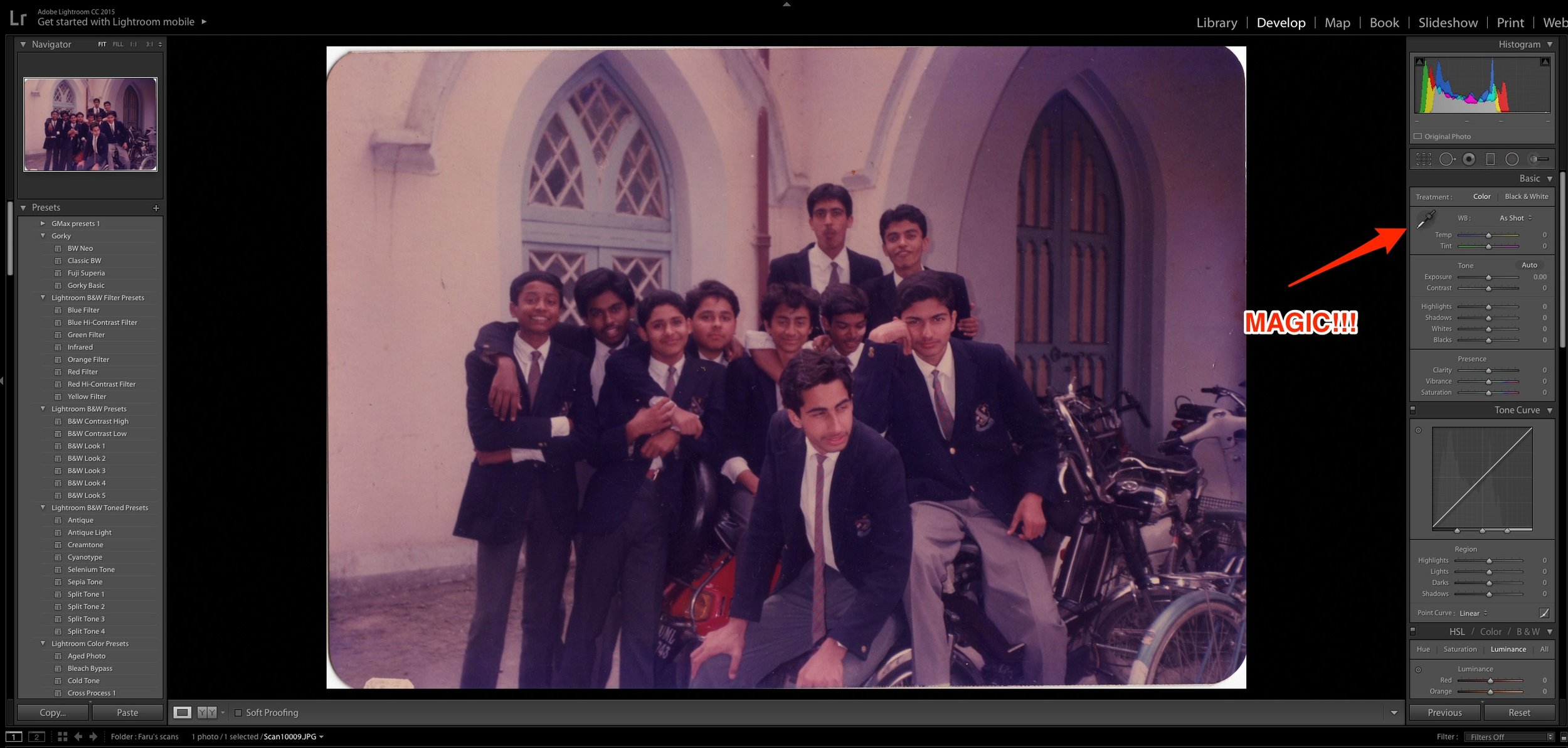What is ISO in photography? In times when people used film cameras to take photographs, ISO sensitivity expressed the speed of photographic negative materials and it used to be expressed as ASA. But now, since digital cameras do not use film but use image sensors instead, the ISO equivalent is usually used.
What ISO denotes is how sensitive the image sensor is to the amount of light present. The higher the ISO, the more sensitive the image sensor is to the available light. So if you are shooting in low light conditions, you need to increase the ISO. Most cameras have 100 ISO as their lowest setting.
When people used film, they usually had to change the roll of film to change their ISO. It was not uncommon for people to carry two different cameras with two different rolls of film - each with a different ISO in order to shoot under different situations. The lower ISO 100 film would be used for shooting in daylight and the higher ISO, 400 and above would be used to capture night scenes.
Now you just need to change your ISO within your camera from a lower to higher setting to be able to take night shots.
Caution
Having this great feature in your camera can be quite powerful but be careful, shooting at high ISO can cause noise to appear in your photographs. This can be seen in the photographs below.
ISO in photography
The above image was shot at ISO 100 and as you can see there is hardly or no noise. The image below was shot at ISO 3200 to illustrate how noise can appear at higher ISO settings. Each camera has it's own noise threshold, so make sure you test your own camera before you increase the ISO levels.
What is ISO in photography
Watch this video to understand more about ISO and please remember to subscribe to our channel by clicking here.
Please share this post with your friends if you found it helpful.

